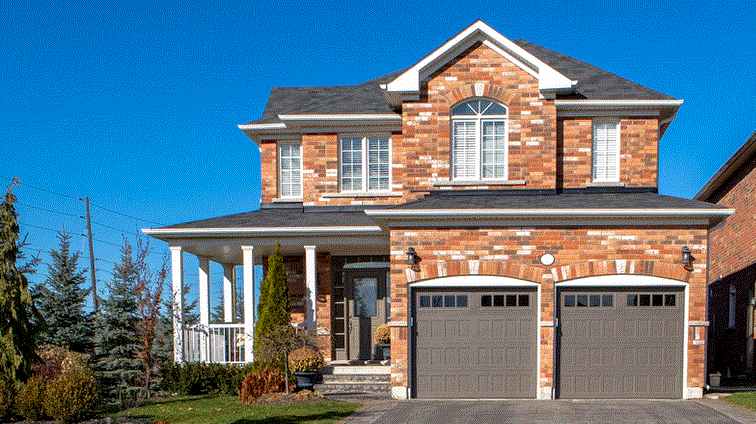MISSISSIPPI - Last February, GOBankingRates published a report highlighting the state's rental market and found that rents are increasing faster than in past years. While the vacancy rate remained low, rent growth was over two percent. While the trend remains positive, it has slowed in many urban centers.
Gobankingrates Analyzed Median Home Values From February 2022
GOBankingRates analyzed median property values in every state from February 2022 to February 2023. To do this, the website used data from Zillow to forecast median home values. It then used this information to rank the states based on their median home value. The median home value is not the same as the median home price, which is based on the demand for property in a certain area.
In February, the median national home price hit an all-time high of $392,000. This was a significant increase over the seasonal high reached last July. This represents an annual growth rate of 12.9%. The median listing price per square foot increased by 14.3%. In February, a typical 2,000-square-foot single-family home sold for an average of $177 per square foot.
Hud's Updated Calculation Methodology Incorporates More Local Rental Market Inflation Data
The updated calculation methodology includes local rental market inflation data that is more up-to-date than the five-year ACS. The updated methodology also includes more private data sources. HUD's goal is to make FMRs more accurate and reliable, which is reflected in the revised methodology.
In an earlier comment, one commenter raised concerns over using CPI-based inflation adjustments. The commenter suggested that HUD should incorporate data from private sources, which are more comprehensive and accurate. However, he argued that this data only reflects the inflation rate in 2020 and 2021, not in the years 2022 and 2023.
HUD's new calculation methodology also considers local rental market data. Private data sources are more detailed and provide more geographic-specific updates than CPI. However, they do not offer the same level of transparency as CPI. Despite this, HUD feels that its updated calculation methodology is fundamentally sound. HUD field economists selected the methodology after considering the available data sources and analyzing the state's rental market.
Inventory Remains Scarce In Jackson
The Jackson MSA comprises Hinds, Madison, and Rankin counties, which is the state capital and the most populous city in the state. It has an unemployment rate of 3.3%. Its leading industries include manufacturing, financial services, health care, and social assistance. The city is home to numerous cultural events each year, such as the Mississippi State Fair and the Crossroads Film Festival. The city is also home to the University of Mississippi Medical Center.
The median rent in Jackson, Mississippi, for a three-bedroom home is $1,100 per month, an increase of 11.1% from April last year. A third of all housing units in the city are renter-occupied, and the areas with the highest rents are Deerfield, Ashbrooke, and Harvey Crossing. For people seeking rental properties, Andover and Deerfield are the best neighborhoods to consider.
Rents In Jackson Have Increased By 11% Year-over-year
The median rent for a three-bedroom home in Jackson is $1,100 per month. Overall, rents have increased by 11% in the last year. In fact, renter-occupied households account for 33% of all occupied housing units in Jackson. The neighborhoods with the highest rents are Ashbrooke, Deerfield, and Harvey Crossing. The city is also home to several colleges and has an increasing population of young, socially-active professionals.
The Jackson MSA comprises Hinds, Madison, and Rankin counties. It is the capital city of Mississippi, the state's largest city, and the 93rd largest metro area in the U.S. While its population has decreased by 13% over the past decade, its labor force participation rate remains above 62 percent, which is slightly higher than the state average.
Home Values Could Increase By As Much As 7.9%
If the current trend continues, Mississippi home values could rise by 7.9% by 2023. However, experts disagree on the outlook for future prices. While rising mortgage rates may slow the housing market, that doesn't necessarily mean that prices will plummet. Home values could continue to rise as long as there is no sign of a recession. While prices may remain high for a while, they should start to fall by the end of 2023.
According to the national Mortgage Bankers Association, the biggest challenge facing Mississippi homeowners is an inventory shortage. The state has had a housing shortage for some time now. In fact, 40% of the increase in housing costs last year came from this issue. In addition, low-interest rates have created an environment where sellers can raise their asking prices.




